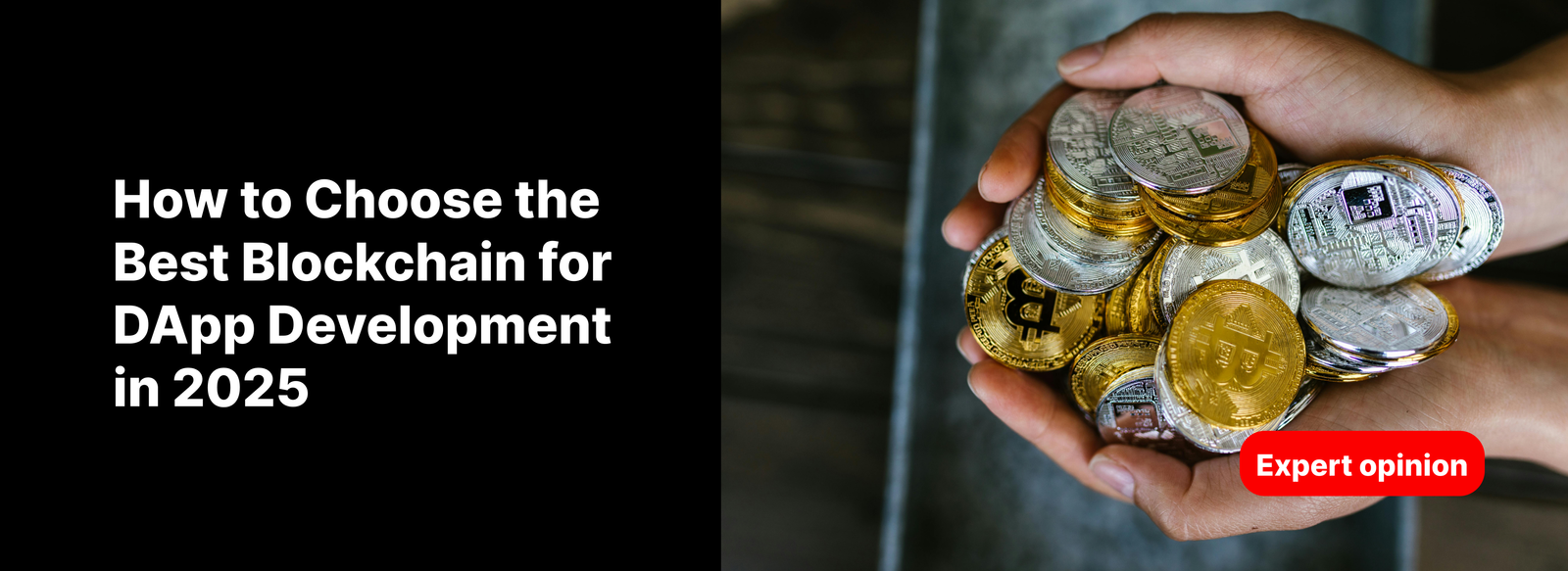28, Nov, 2024(4) | Tayyab Javed

28, Nov, 2024(4) | Tayyab Javed

Decentralized applications (DApps) are transforming industries with their ability to operate on secure, transparent, and decentralized networks. However, choosing the best blockchain for DApp development is critical to your project’s success. With numerous platforms emerging, selecting the right one can be challenging. This guide simplifies the process by exploring the factors to consider, comparing leading blockchain platforms, and offering actionable recommendations.
DApps are applications that run on a decentralized blockchain network rather than centralized servers. Unlike traditional apps, they benefit from enhanced security, transparency, and immutability. Industries ranging from finance to healthcare are leveraging DApps to revolutionize how services are delivered.
Choosing the right blockchain for DApp development can significantly influence your project’s scalability, transaction costs, and user experience. Each blockchain offers unique strengths and limitations, making it crucial to match your project’s needs with the platform’s capabilities.

Developers must weigh several factors when selecting the ideal blockchain for DApp development. Below are the most critical considerations:
Scalability refers to a blockchain’s ability to handle a growing number of transactions without compromising speed or efficiency. A scalable blockchain ensures that your DApp operates smoothly, even during peak activity.
Transaction fees can significantly impact user adoption. For example:
A blockchain with robust developer tools simplifies the development process. Look for:
Your chosen blockchain must provide strong security measures to protect against hacks and vulnerabilities.
A blockchain with a thriving ecosystem offers:
Below, we compare the most popular platforms for DApp development, including their pros and cons:
Overview:
As the pioneer of smart contracts, Ethereum is a top choice for developers. Its large community and extensive ecosystem make it a reliable option.
Overview:
Known for its high throughput and low fees, Solana has quickly risen to prominence.

Overview:
BSC is a popular alternative due to its affordability and compatibility with Ethereum-based DApps.
| Blockchain | Pros | Cons |
|---|---|---|
| Ethereum | Established, robust tools, large community | High fees, scalability challenges |
| Solana | Fast, low fees, high throughput | Network instability, smaller community |
| Binance Smart Chain | Affordable, EVM-compatible | Centralization concerns |
| Avalanche | Interoperable, fast finality | Less mature ecosystem |
| Polygon | Low-cost Layer-2 scaling solution | Relies on Ethereum for security |

Choosing the best blockchain for DApp development in 2025 depends on your project’s specific needs. While Ethereum remains the go-to for many, Solana and Binance Smart Chain offer compelling alternatives for those prioritizing speed and affordability. Developers should also explore emerging solutions like Avalanche and Polygon for unique capabilities.
By considering factors like scalability, fees, and ecosystem, you can select a platform that aligns with your goals. Remember, the right blockchain choice can be the difference between a DApp that thrives and one that struggles to gain traction.
Ethereum, Solana, and Binance Smart Chain are top contenders, each offering unique benefits depending on the use case.
Binance Smart Chain and Solana are among the most cost-effective platforms due to their low transaction fees.
Yes, Ethereum remains a leader due to its robust ecosystem, despite its higher fees.
Choose Solana for high performance and low fees, while Ethereum is better for projects requiring a well-established ecosystem.
Uniswap and OpenSea on Ethereum, Serum on Solana, and PancakeSwap on Binance Smart Chain are popular examples.
Yes, all platforms have risks. Developers should follow best practices and choose blockchains with proven security track records.